I have a rotary step switch (something like that: https://www.tti.com/content/ttiinc/en/apps/part-detail.html?mfrShortname=C/K&partsNumber=A20615RNCQ&customerPartNumber=&minQty=1&customerId=) that switches continuous current. I want it to send only a short pulse, like a push button would do, on two positions.
More details:
I have a ON OFF SHIM (https://shop.pimoroni.com/products/onoff-shim) to which an external push button can be connected. I would like to connect the mentioned rotary step switch there. The rotary step switch has two (12 possible) positions. Both positions should send a corresponding short pulse, like a push button.
Is this possible?
I have tried the following, but do not really get along. Especially with both positions of the rotary sending an pulse. https://electronics.stackexchange.com/a/73687
Edit:
what I'm trying to do:
I have an old radio with a rotary switch to turn it on. I have replaced the inner workings with a Raspberry Pi 4. To be able to switch the Raspberry on and off properly, I have added an "On Off Shim" to it. I would like to keep the old rotary switch (or the cover) of the radio and switch the Raspberry on and off via it. I bought a rotary step switch for this purpose. I now tried to convert the continuous current to a short pulse. (like a push button wound send one). [The lenght of the pulse should be rather short, 0.5-1 sec.]
Maybe there is an even better solution?



